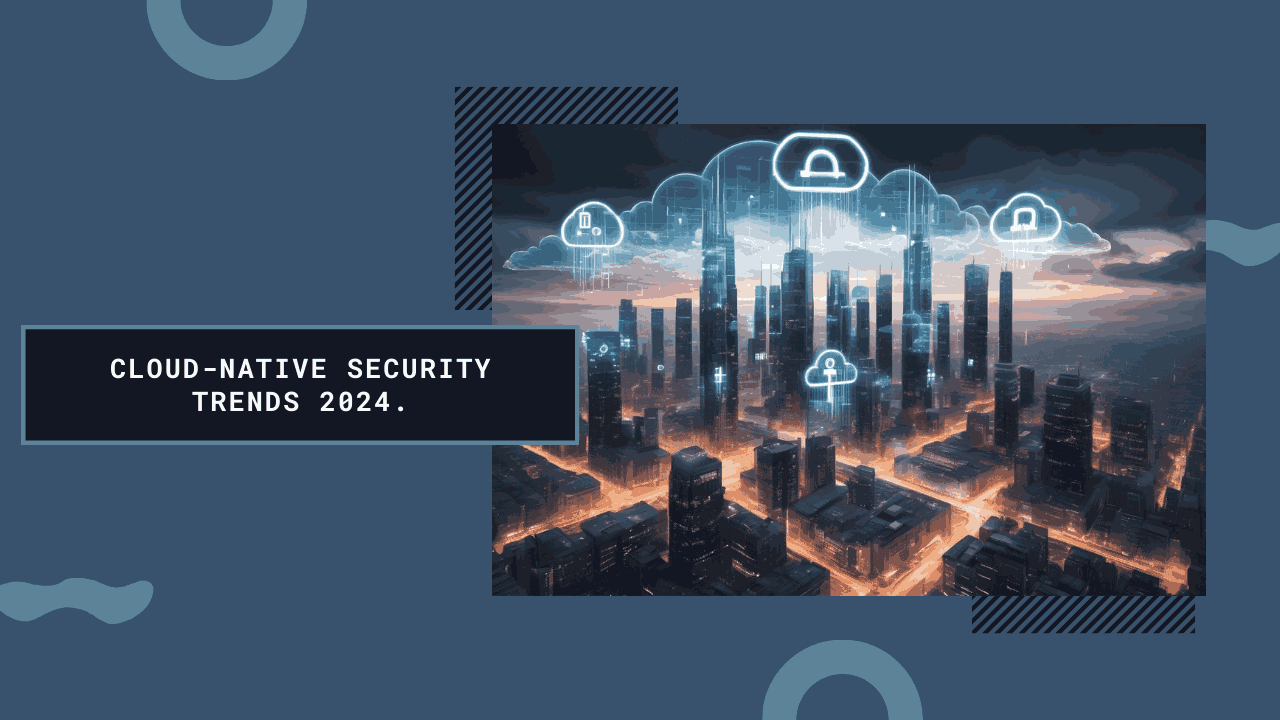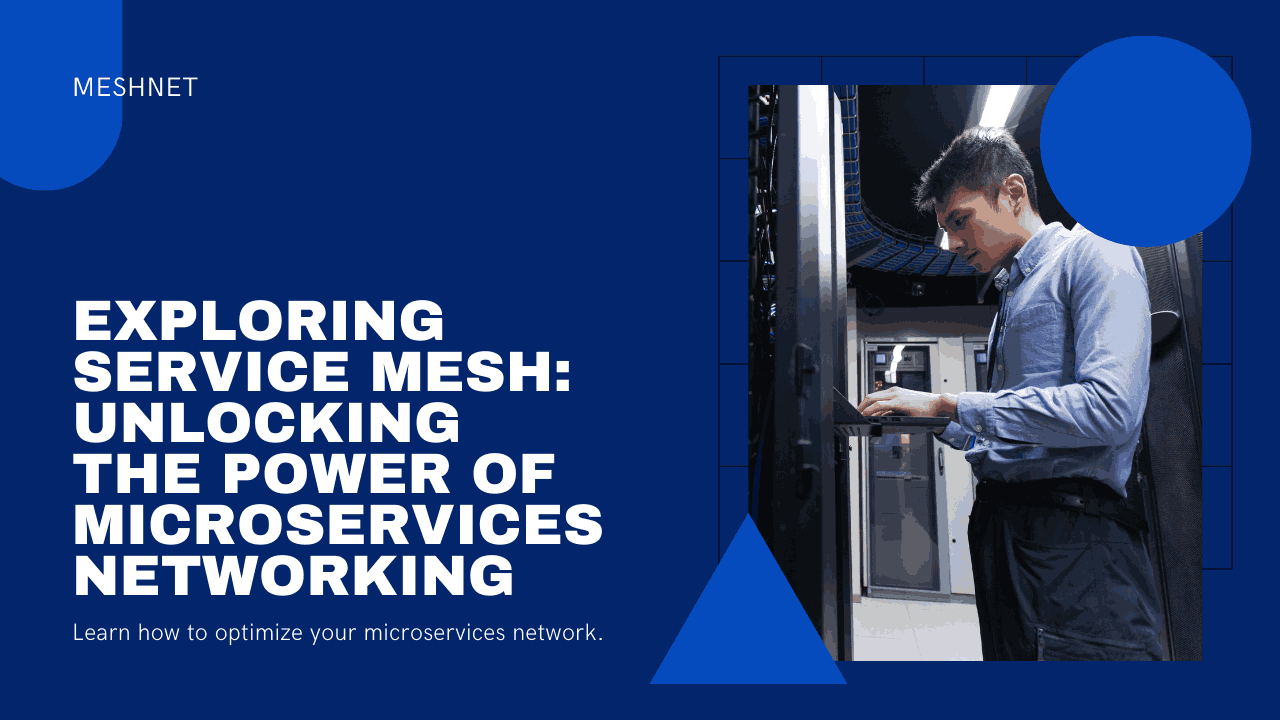Packaging Cloud-Native Applications with Gravity
EaseCloud streamlines cloud-native application packaging with secure, portable solutions for efficient deployments in any environment.
Cloud-native apps are changing how software is created, implemented, and maintained in the ever-changing digital ecosystem. Effective packaging solutions are no longer a luxury but a necessity as businesses aim for efficiency. To satisfy these needs, Gravity, a robust toolset for packaging and implementing cloud-native apps, offers a flexible and dependable solution.
Cloud-Native Applications
Cloud-native apps are designed specifically to take advantage of cloud platforms' unmatched scalability, flexibility, and resilience. Microservices, which are containerized to improve modularity and expedite development across a variety of programming languages, usually make up their architecture. These containers may run in multi-tenant situations, optimize resource usage, and scale automatically.
Key Characteristics:
- Microservices architecture: Independent services designed to do certain tasks.
- Containerization: Containerization is the process of encapsulating services for efficiency and portability.
- Dynamic orchestration: Resource optimization and automatic scaling.
- Communication powered by APIs: Smooth service integration.
- Stateless design: Improved system resilience and scalability.
Benefits of Cloud-Native Architecture:
- Economical use of resources.
- Deployment of features autonomously and incrementally.
- Streamlined scaling and increased adaptability in deployment sites.
The Role of Packaging in Cloud-Native Development
What is Application Packaging?
Application packaging is the process of combining an application with all its customizations and dependencies into a single, portable package. Whether for development, testing, or production, this guarantees consistent deployment across various settings.
Importance of Effective Packaging:
- Streamlines the deployment procedure.
- Makes the atmosphere more consistent.
- Simplifies multi-platform compatibility and sophisticated configuration management.
Challenges in Packaging Cloud-Native Applications:
- Taking care of many dependencies.
- Managing configurations unique to a given context.
- Ensuring cross-platform uniformity.
Introduction to Gravity
What is Gravity?
Cloud-native applications can be automatically packaged and deployed as self-contained, environment-neutral bundles using the Gravity toolkit.
Key Features:
- Packaging independent of the environment.
- Support for Kubernetes is integrated.
- The ability to install offline.
- Automatic rollbacks and updates.
Use Cases:
- Application deployment in air-gapped settings.
- Overseeing on-premises and multi-cloud implementations.
- Ensuring smooth mobility of applications.
The Gravity Packaging Process
Step-by-Step Guide:
- Environment Setup: Install the required tools and dependencies to have your development environment ready.
- Installing Gravity: Install Docker and Kubernetes first, then Gravity. Use command-line tools to confirm the configuration.
- Making Your Initial Package: After defining the dependencies, configurations, and application structure, use Gravity to package them.
Best Practices for Packaging:
- Modularization: To facilitate updates and scalability, divide applications into smaller, separate components.
- Version Control: For better traceability, keep thorough logs of all modifications.
- Security: Throughout the packaging process, incorporate strong security measures.
Gravity vs. Other Packaging Tools
Comparison with Docker:
Gravity expands its skills to handle runtime environmental challenges and offline installations, whereas Docker concentrates on container deployment.
Comparison with Kubernetes:
Gravity offers improved packaging and deployment options customized for different contexts, utilizing Kubernetes for orchestration.
Advantages of Gravity:
- Extensive features for deployment and packaging.
- Support for environment-neutral and offline configurations.
- Smooth rollbacks and updates.
Combining CI/CD Pipelines with Gravity Integration
What is CI/CD?
The entire software development lifecycle—from development and testing to deployment—is automated by continuous integration/continuous deployment, or CI/CD.
Setting Up CI/CD with Gravity:
Gravity's integration with CI/CD processes guarantees consistent environments, expedites deployment, and lowers manual error rates.
Benefits of Integration:
- Quicker cycles of development.
- Increased precision in deployment.
- Less involvement from humans.
Applications of Gravity in the Real World
Case Study 1: Packaging Microservices:
Gravity makes it possible to package microservices effectively, which makes scaling and deployment across many settings easier.
Case Study 2: Scaling Applications:
Gravity ensures smooth scaling while freeing developers to concentrate on business logic by automating deployments.
Lessons Learned:
It is necessary to comprehend cloud-native ecosystems and distributed system best practices to use Gravity effectively.
Troubleshooting Common Issues
- Packaging Failures: Address dependency mismatches and configuration errors.
- Deployment Challenges: Make procedures more efficient to manage intricate deployments and changing specifications.
- Performance Optimization: To optimize efficiency, make sure apps are optimized for cloud-native settings.
Future of Packaging Cloud-Native Applications
Emerging Trends:
- Nano-packaging for lightweight deployments.
- Unconventional tools for quick deployment.
The Evolution of Gravity:
Gravity is positioned as a top cloud-native packaging solution thanks to ongoing improvements, such as increased compatibility and intuitive features.
Predictions:
To speed up innovation, developers will increasingly use flexible technologies like Gravity to simplify packaging and deployment.
Impact of EaseCloud on Packaging Cloud-Native Applications
EaseCloud smoothly integrates with Gravity and other solutions to improve the packaging of cloud-native apps. Our strong infrastructure guarantees dependable deployment, providing developers with a simplified procedure for building safe, portable application bundles. EaseCloud offers the scalability and efficiency to streamline distribution and lifecycle management, regardless of whether you're aiming for on-premises or hybrid settings.
Conclusion
With its automation, consistency, and efficiency, Gravity transforms the packaging and deployment of cloud-native apps. Organizations may fully utilize cloud-native development by incorporating Gravity into their workflow, which will streamline procedures and cut costs. Leverage EaseCloud.io's expertise to maximize the benefits of Gravity and take your application packaging to the next level.
1. What is Gravity in the context of cloud-native applications?
Applications are packaged and deployed as environment-neutral bundles automatically by Gravity.
2. How does Gravity improve the packaging process?
Combining all required parts and configurations ensures uniform deployment across environments.
3. Can Gravity be used with existing cloud-native applications?
Yes, Gravity easily integrates to improve the effectiveness of deployment and packaging.
4. What are the advantages of using Gravity over traditional methods?
Gravity provides unique features, including robust packaging options, automated upgrades, and offline installation.
5. How can I get started with Gravity?
For assistance and direction, see the official Gravity documentation or get in touch with EaseCloud.io.
EaseCloud enhances container security with tools for vulnerability scans, compliance checks, and real-time monitoring. Safeguard your systems today.
Adopt secure practices to prevent secret leaks in code repositories, protecting sensitive data with automated tools and policies.


